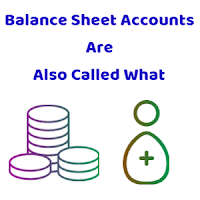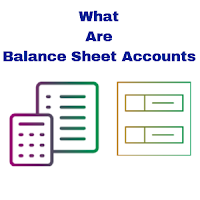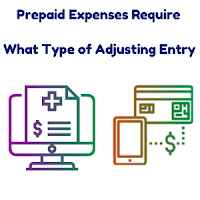Outstanding Rent Is A Nominal Account Or Real Or Personal Account

Outstanding Rent Is W hich Type Of Accou nt? Accrued Rent / Rent Payab le / Outstanding Rent is not a N ominal Account as it is not closed to Income Statement w hile a nominal account always closed for t he accou nting period. Outstanding rent is also not a real account as it is related wit h representative personal account. So, outstanding rent is a Representative Personal Account, w h ic h is a type of personal account, as it is used to s how all of the certai n landlords or owners to w hom the compa ny is liab le to pay re nt during t he accou nting period. All of t he re nt for various mont hs are added up a nd we give a name of “Outstanding Rent Account” to represent all of t h ese rent accounts as it is payab le to certai n la ndlords. T hus, outsta nding rent stands for all of t he la ndlords or owners to w hom the b usi ness did not paid rent during t he mo n th. So, outstanding rent is considered as a personal account and not a nominal or a real account.











